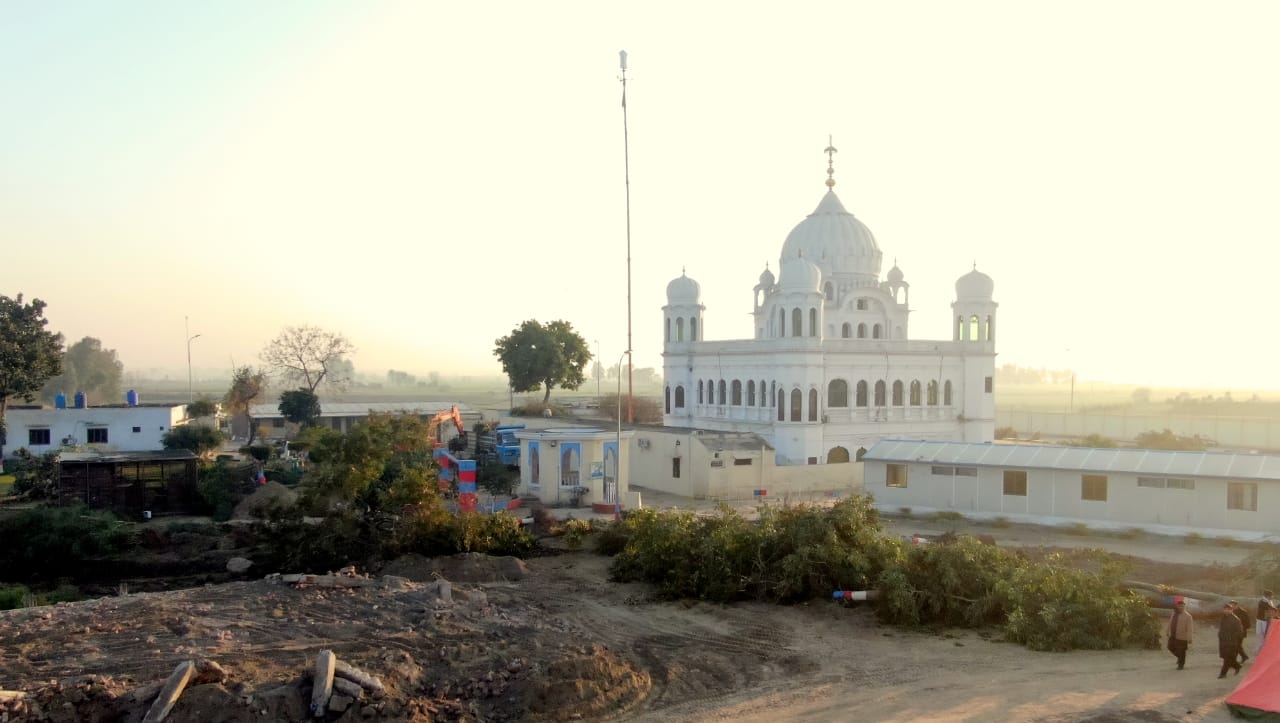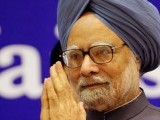Sikhism founder Guru Nanak was a wanderer and mystic
KARACHI: Millions of Sikhs around the globe are celebrating the 550th birth anniversary of Guru Nanak, founder of their religion.
The three-day celebration which kicked of from a small city in northeastern Pakistan will run through November 12.
What makes this year special is the opening of a key border crossing between India and Pakistan allowing Indian Sikh pilgrims visa-free access to Kartarpur Sahib, the most revered temple in the religion and the final resting place of Guru Nanak.
Born in 1469 in Nankana Sahib, a remote city in Pakistan, Guru Nanak was the first of a total of 10 Sikh Gurus.
US welcomes Kartarpur initiative, congratulates Pakistan and India
He was the only son of his Hindu parents who were merchants.
In the early 16th century, he travelled far and wide covering a gruelling distance of 28,000 kilometres (17,398 miles) in a quest to find and spread the message.
Iqbal Qaiser, a Lahore-based historian, said the Sikh religion was not founded during Guru Nanak’s lifetime.
It was the second Guru Angad Dev who actually brought Sikhism as a belief or religion to his followers after the death of Guru Nanak, said Qaiser, who has also authored a book on Sikh shrines in Pakistan.
The last Guru Gobind Singh introduced Khalsa or Baptism in Sikhism in 1699.
Wanderer, holy book
Guru Granth Sahib is the holy book of Sikhism, which is a compilation of teachings passed down from the first guru to the last.
“Baba Guru Nanak would write poetry inspired from teachings of Muslim and Hindu mystics in a diary. Later, the third, fourth, fifth, ninth, and the 10th Guru would also write their diaries,” Qaiser said.
The first copy of their holy book lies in a temple in Dhaka University, Bangladesh, he said.
Like many saints of his times, he was a wanderer.
“We do not find much about his life and spiritual journeys through Muslim historians. But much is available in other history books,” Qaiser said.
His first journey spanned over seven years in which he covered most parts of present-day India and Pakistan, according to some historians.
His next journey was to present-day Sri Lanka for another seven years, some modern accounts say.
Qaiser disagrees. He says the first journey was to Sri Lanka, followed by the Himalayan region of Nepal and Ladakh. The third journey took him to the Middle East.
Imran Khan has won the hearts of 140 million Sikhs: Sidhu
“He visited the entire area, which is nowadays called Saudi Arabia apart from Iran, Iraq, and other Arab regions. After the culmination of his third journey, he entered modern-day Pakistan via Afghanistan to embark on his fourth and the last journey that covered India and Pakistan,” he said.
He spent the last 18 years of his life in Kartarpur working as a farmer and running a soup kitchen. He died in 1539 at the age of 70.
“His last words were, recite the name of God, work hard, and divide the money you earn among yourself,” Qaiser said.
Prime Minister Imran Khan will inaugurate Kartarpur Corridor on November 9
 Pakistan, India to sign Kartarpur Corridor agreement next week
Pakistan, India to sign Kartarpur Corridor agreement next weekEvery day 5,000 pilgrims will be allowed to visit the holy site
 Ex-Indian PM to attend Kartarpur opening as 'common man' instead of 'chief guest'
Ex-Indian PM to attend Kartarpur opening as 'common man' instead of 'chief guest'India was reluctant to open Kartarpur corridor, says FM Shah Mehmood Qureshi
A peek at the mountains in Pakistan's northern areas
Original news : https://tribune.com.pk/story/2097581/3-sikhism-founder-guru-nanak-wanderer-mystic/